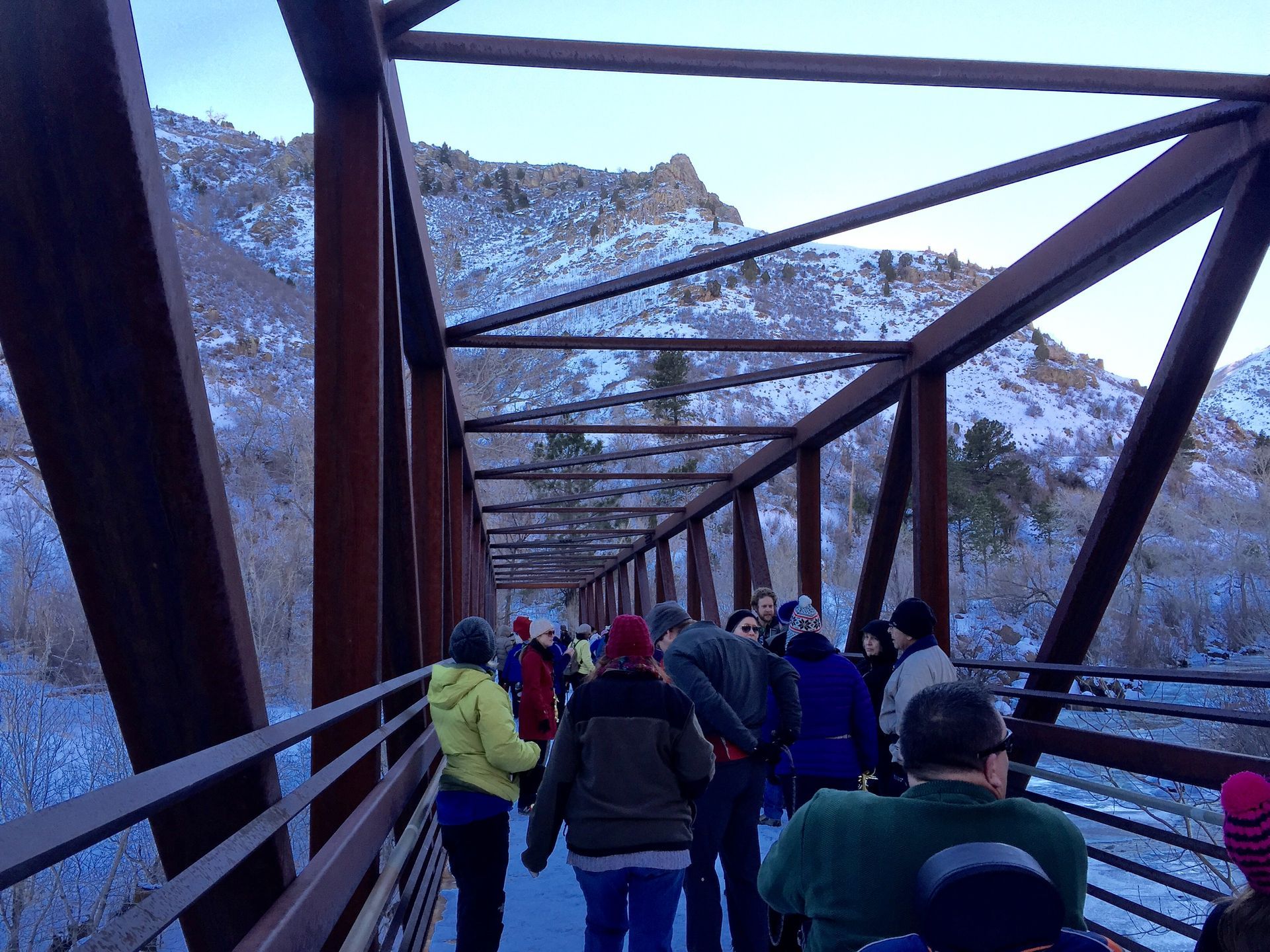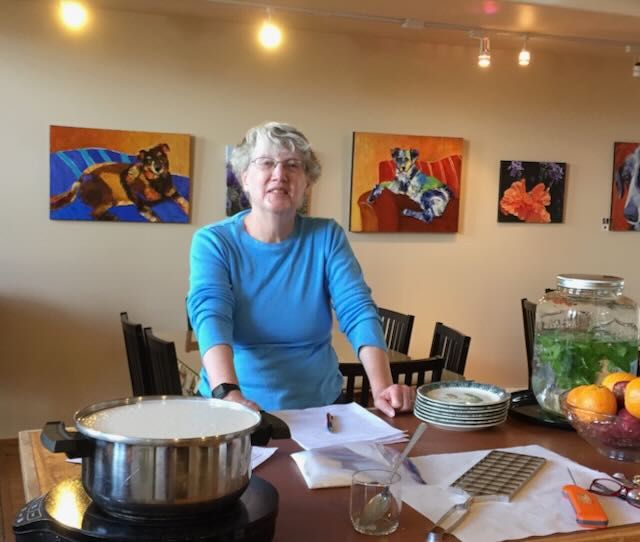Cognitive Bias
Notice and activate the team

There are a bunch of cognitive bias lists floating around.
I’m not sure what we’re supposed to do with them.
Recognize a bias in ourselves? Maybe.
Recognize a bias in others? Maybe.
But there are hundreds of cognitive biases. We’re never going to recognize them all. And we certainly aren’t going to eradicate them. We use them, as humans with big brains in a complicated world, to cope with (waves hands) everything.
We are, we are led by, we work with, and we must respond to people making decisions and taking actions based on those biases. Sometimes they have terrible consequences, and we need to prevent those consequences.
But we'll never recognize every bias, no matter how many lists we read.
What if, instead of memorizing lists of biases, we learn to recognize the situations where they are most likely to appear?
If we recognize when are we most vulnerable to these shorter and less accurate thought patterns, we can counteract them . . . even if we don’t know all their names.
Buster Benson has organized biases into 4 useful categories. I love his work so much that if you’re ever on a call with me, you’ll see the poster of his bias map on the wall.
You don’t need to memorize all the kinds of bias, you just need to recognize and calm the situations where they are likely to show up.
- When there is too much information. Our brains try to create Cliff’s Notes, shorthand to allow it to store information. These biases are about simplification and narrative. Confirmation Bias lives here, because it’s easier to cope with things that match what we already know. A branch of an existing belief is smaller than a whole new thing.
- When there isn’t enough meaning. At the other end of the spectrum are situations where we don’t have enough information, so our brains try to fill in the gaps, to make sense of the fraction of the pattern we know about. Murphy’s Law lives here, because it’s easier to assume a pattern than deal with the lack of one.
- When we need to act fast. Our brains sometimes need us to act confidently, even without enough information. Dunning-Kruger Effect lives here, because sometimes people overestimate their abilities in order to move into action.
- When we need to simplify memories. Our brains can’t possibly remember everything. So it reduces things, simplifies them. Primacy and Recency Effect live here, because it's easier to remember the first thing and the last thing instead of remembering everything.
Take a minute when things are feeling frantic or overwhelming or too much for your team. Analyze. Which kind of ‘too much’ is it? Which kinds of shortcuts are your brain or the brains of your team likely to make in this moment? The more diverse the team (neurologically, culturally, experientially), the more likely they are to bring different sets of biases and perspectives to the situation, and that is a strength. Use your team to overcome the moment.
What needs to be slowed down?
- If it’s the volume of information: have people summarize for each other and notice the differences between their summaries
- If it’s the meaning-making: bring people back to the basic facts, make sure they aren’t leaping to patterns that aren’t there
- If it’s needed fast action: open up the discussion of actions to take - see how different people view the options before you act
- If it’s memory overwhelm: document collaboratively, let everyone contribute to the agreed-on memory.
Humans create biases. But we also create teams, and our teams can be powerful counterbalances to our biases, if we let them.



